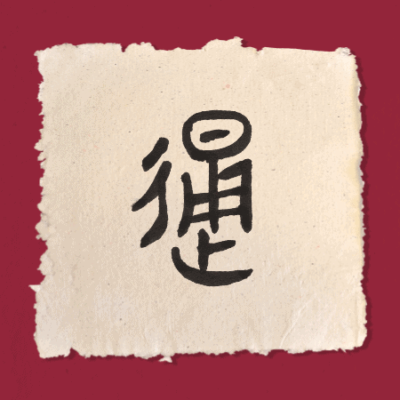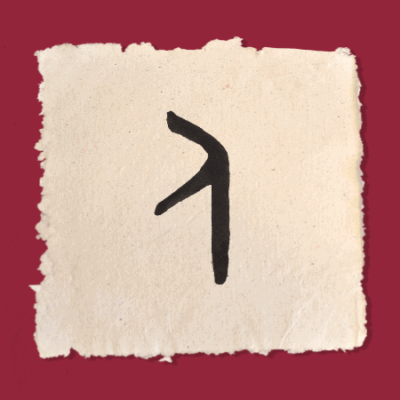How Qigong Works
Qigong is based on traditional Chinese medicine and the theoretical focus of both is Qi (your life force). This is a very different paradigm from that of Western thinking and the explanation of how Qigong works requires some background.
What is Qi
Qi is the energy from which everything is made - your body, your sofa, and the solar system are all Qi. You experience Qi as the sense of aliveness or energy in your body. In ancient China, Qi was used to denote the vital breath of energy animating the world. Qigong means working with or cultivating Qi.
Remember when you were a kid and it was the beginning of summer vacation and you couldn’t wait to head outdoors and play with your friends? You played all day long moving from one activity to another and only reluctantly went home when it got dark. That energy and enthusiasm is the signature of abundant, healthy Qi.
So why don’t we have that same level of energy anymore? Qi can be lost. It can also get stuck, stagnate, or become congested - all of which turn us into tired couch potatoes. A common Western solution might be to reach for caffeine. However, rather than reaching for another cup of coffee you might want to consider Qigong. Since Qi is everywhere you don’t have to go to Starbucks to get it.
How Qigong works
So, what are the key elements of Qigong? Emphasis is placed on cultivating a calm and relaxed state while practicing and is one of the main features that differentiates Qigong from (physical) exercise alone. When the movements of the Qigong method are performed in a state of relaxation it allows the autonomic nervous system to come into balance, creating the conditions for your body to rest and repair.
Qigong also uses our consciousness during practice. Our mind, a small part of our consciousness, is usually involved with the external world. And since Qi follows our consciousness, it can be depleted when we focus on the external world exclusively. By bringing our awareness to our internal state, as we do in a Qigong practice, we conserve our Qi and facilitate its movement through our bodies. With practice, we learn to maintain our connection with the internal even when we focus on the external.
Qigong to Open the Qi Channels
For many of us, our Qi is not distributed evenly throughout the body, but is clustered in the head, neck and shoulder area. This can be due to excessive thinking, emotional distress or too much time spent hunched over a computer keyboard. The shoulder joints are in contact with the junction of the primary channels in the upper body. These channels are much like a busy freeway interchange designed to move traffic smoothly and effectively, but add stress and the flow through the channels can slow or become congested. It can help to think of your shoulder and neck pain like a traffic jam of Qi that needs help to get moving again. Acupuncture can stimulate the flow of Qi through the channels of the body, but with an effective Qigong method, you can move the Qi through the channels yourself.

Qigong to Gather Qi and Relax
The first method of Yuan Qigong, Gathering Qi, is designed to effectively bring Qi into our bodies. In addition, the movements of the shoulders relax the tension and clear the blockages so that the Qi can move naturally through the channels. The shoulder movements are much like a massage that eases the tension and makes it easier to relax.
Qigong to remove blockages and tension
During a moving practice, the up and down movement of our legs, combined with the movement of our consciousness slowly from our head to our feet and back again, can redistribute our Qi. You might think of this redistribution of Qi like shaking a quilt to even out the feathers that are stuck in one spot. This gentle movement of our legs can clear the traffic jam of our Qi, quiet our minds, and restore us to a calm state.
Qigong for Healing
In a practice, the movements, relaxation and consciousness combine to open the channels and pathways so that the Qi moves smoothly through our bodies. When Qi is adequate and moves smoothly, blood flow, flexibility, balance, and range of motion improve. With a consistent Qigong practice, healing can begin.
To see if Qigong is appropriate for you, I suggest you expand your world view to include the concept of Qi (energy/life force). Then begin a practice such as Gathering Qi because, of course, intellectual knowledge is one thing, but we cannot truly come to full understanding until we have experienced it. Smooth the learning curve by adding your open heart to the practice. Enjoy the process!


